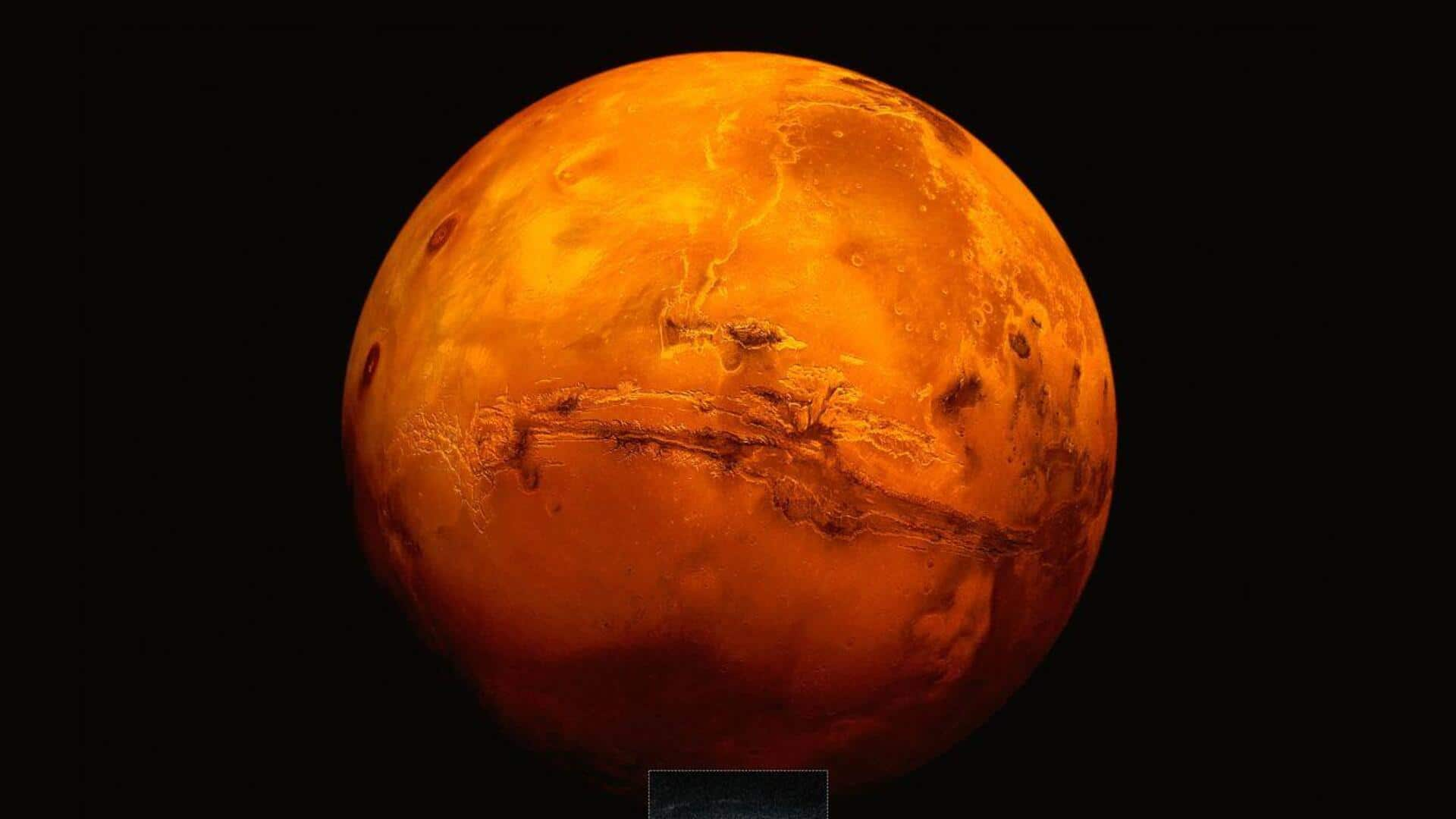
This is how life could survive beneath Mars's surface
What's the story
A recent study by NYU Abu Dhabi has revealed that high-energy particles from space, aka cosmic rays, could provide the energy necessary for sustaining life beneath the surface of planets and moons in our solar system. The research challenges the long-held belief that life can only thrive in areas with sunlight or volcanic heat. The study was published in the International Journal of Astrobiology.
Research findings
Interaction of cosmic rays with water or ice examined
The study, led by Dimitra Atri from NYUAD's Center for Astrophysics and Space Science (CASS), examined the interaction of cosmic rays with water or ice beneath the surface. The impact of these rays breaks down water molecules and releases electrons, which some bacteria can use as an energy source. This process, called radiolysis, could potentially power life in dark, cold environments without sunlight.
Life potential
Saturn's moon Enceladus had highest potential for life
The researchers used computer simulations to assess the energy production potential of this process on Mars, and Jupiter's and Saturn's icy moons. The study found that Saturn's moon Enceladus had the highest potential for life, followed by Mars and Jupiter's moon Europa. "This discovery changes the way we think about where life might exist," Atri said, emphasizing that cold, dark places with water beneath could be habitable.
New zone
Introducing Radiolytic Habitable Zone
The study has introduced a new concept called the Radiolytic Habitable Zone. Unlike the traditional "Goldilocks Zone," this latest zone focuses on areas where the water exists underground and can be energized by cosmic radiation. Since cosmic rays are prevalent in space, this might mean there are many more areas in the universe where life could exist.
Mission guidance
New direction for upcoming space missions
The study's findings provide new direction for future space missions. Instead of only looking for signs of life on the surface, scientists may also explore underground environments on Mars and icy moons. They might use tools to detect chemical energy created by cosmic radiation, opening up new possibilities in the search for extraterrestrial life.